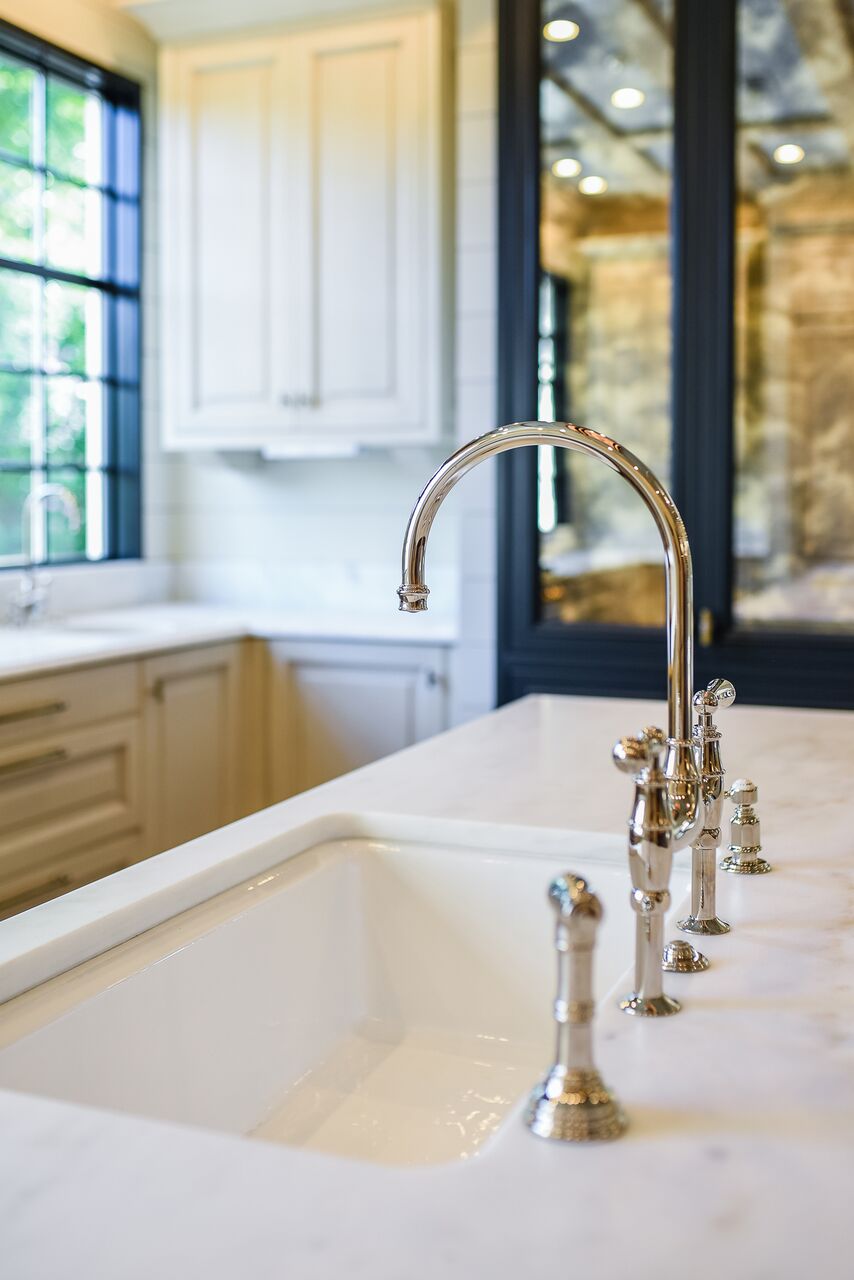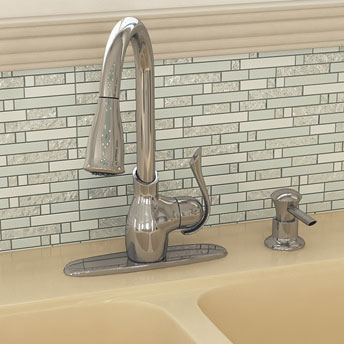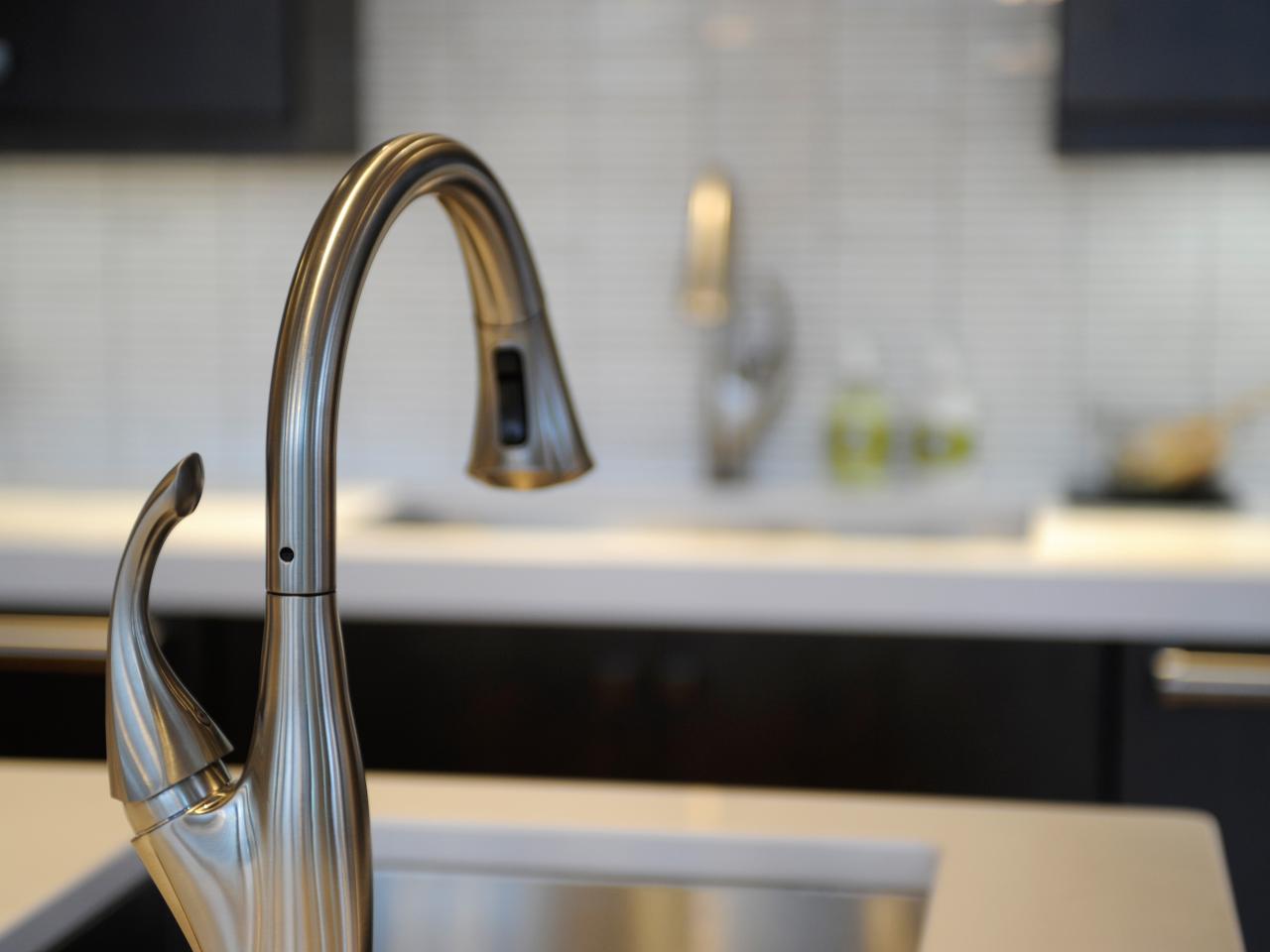When I decided to add a kitchen island to my space, one of the key features I wanted to include was a faucet. Having a kitchen island faucet not only enhances the overall functionality of the kitchen but also adds a touch of convenience and style. However, I soon realized there’s much more to choosing the right faucet than simply picking one that looks good. It’s a process that involves understanding the design, utility, and installation challenges that come with a faucet placed in the center of your kitchen.
One of the first things I considered was the layout of the kitchen and how the island faucet would fit into it. Since the island is often a focal point in a kitchen, I wanted a faucet that complemented the space while offering practicality. For example, if your island serves multiple functions—like food prep, washing dishes, and even as a dining space—the faucet needs to be versatile enough to handle all these activities. I realized that it’s essential to have a faucet that can seamlessly switch from one task to another without getting in the way.

The style of the faucet was another important consideration. Kitchen faucets come in various designs, from modern to traditional, and I needed one that matched the overall aesthetic of my kitchen. A sleek, high-arc faucet can add a contemporary look, while a more ornate, curved faucet might be better for a classic or farmhouse-style kitchen. I ended up choosing a minimalist design that felt in line with the clean lines of my modern kitchen, but I made sure it still had all the functionality I needed.
One of the key functions I wanted from my kitchen island faucet was flexibility. That’s where pull-down or pull-out faucets come into play. These types of faucets allow for better reach, making it easier to wash larger items or direct water into a specific area. After experiencing the convenience of a pull-down faucet, I couldn’t imagine going back to a fixed one. It made cleaning large pots and even the sink itself so much easier, which is especially important on an island where the sink may serve as a secondary prep area.

When planning for a kitchen island faucet, I had to consider the plumbing situation as well. Installing a faucet in an island requires running water lines to the center of the kitchen, which might not be as straightforward as it seems, especially if the existing layout wasn’t designed with that in mind. This can sometimes mean tearing up floors or rerouting pipes, which adds to the cost and complexity of the installation. In my case, I was remodeling the entire kitchen, so I could incorporate these plumbing changes early in the design phase.
One thing that might get overlooked but is crucial is the size of the faucet in relation to the sink. I made sure to choose a faucet that was proportionate to the size of my kitchen island sink. A large, oversized faucet could overwhelm a small sink, while a tiny faucet might not be sufficient for a larger basin. Ensuring that the faucet and sink complement each other in terms of scale and design is essential for both aesthetics and functionality.

Water pressure and flow rate were also factors I had to consider. Not all faucets are created equal when it comes to delivering water efficiently. Some models come with built-in aerators that help conserve water without sacrificing pressure, which is important for sustainability and keeping utility costs down. I opted for a faucet that had a strong, steady flow but also offered the ability to control water usage. This was especially handy when rinsing vegetables or washing dishes without wasting water.
One challenge I didn’t anticipate was making sure the faucet didn’t splash water all over the island. Because the island serves multiple purposes, including as a countertop for food prep or even dining, I needed to make sure that the faucet’s water flow was directed properly. I found that choosing a faucet with adjustable spray settings helped control this issue. It allowed me to switch between a powerful stream for washing and a gentler spray for less splash.
The placement of the faucet on the island also required some thought. I had to decide if I wanted the faucet to be placed centrally on the sink or off to one side. While a centered faucet might look more symmetrical, placing it slightly off-center can provide more space for larger pots and pans in the sink. It also frees up some counter space if I need to use the area for prepping food or setting down dishes. In the end, I went with a side placement for better functionality in my kitchen layout.

Another consideration was the faucet finish. With so many options like chrome, brushed nickel, matte black, and even brass, the finish can make a big impact on the overall look of the kitchen. I chose a finish that matched the other hardware in my kitchen, such as the cabinet handles and drawer pulls. This helped create a cohesive look throughout the space, which was important to me since the kitchen island is one of the first things people notice when they walk into the room.
I also found it important to think about how easy it is to clean the faucet. Since the island is often the center of activity in the kitchen, I wanted a faucet that wouldn’t show water spots, fingerprints, or smudges too easily. Brushed finishes, like stainless steel or brushed nickel, tend to be better for hiding these marks compared to polished finishes like chrome. Choosing a faucet that’s easy to wipe down and maintain helped me keep the kitchen looking clean and sleek without much effort.
Another big decision I faced was whether to go with a single-handle or double-handle faucet. Single-handle faucets are more modern and take up less space, which is great for a streamlined look. They also tend to be easier to use, allowing you to control both water temperature and flow with one hand. On the other hand, double-handle faucets offer a more traditional look and give you more precise control over water temperature. I went with a single-handle faucet because I appreciated the simplicity and clean design.

One thing I didn’t fully appreciate until after installation was how important it is to choose a faucet with a swivel spout. A swivel spout allows the faucet to rotate, giving you more flexibility when using the sink. This is especially useful on a kitchen island, where you might need to move the faucet out of the way or direct water to a specific area of the sink. The faucet I chose swivels 360 degrees, which makes it easy to maneuver when I’m working on different tasks.
A kitchen island faucet also offers the opportunity to incorporate modern technology, such as touchless or sensor-activated designs. While I initially considered a touchless faucet for the added convenience, I ultimately decided against it because I wanted to keep things simple. However, for people who want a hands-free experience—especially when handling raw meats or messy ingredients—a touchless faucet can be a great investment. It adds a high-tech element to the kitchen while also improving hygiene.
Lastly, I made sure the faucet came with a good warranty and customer support from the manufacturer. This was important because if anything goes wrong with the faucet, I wanted to be sure I could easily get it repaired or replaced. Some faucets come with limited warranties, while others offer lifetime coverage, so it’s worth checking this before making a purchase. In my case, I found a faucet that came with a solid warranty, giving me peace of mind.

Common Mistakes to Avoid:
One common mistake people make when choosing a kitchen island faucet is not considering the size and proportion of the faucet relative to the sink. An oversized faucet can overwhelm a small sink, while a faucet that’s too small may not provide enough reach or functionality.
Another mistake is failing to think about the plumbing layout early in the design process. Running water lines to the island can be a costly and complex task, so it’s essential to plan.
Some people also forget to consider water pressure and splash control, which can lead to a messy island workspace. Lastly, overlooking the importance of a matching faucet finish can disrupt the overall aesthetic of the kitchen, especially if it clashes with other fixtures and hardware.

What are the benefits of having a kitchen island faucet?
A kitchen island faucet adds functionality and convenience, making it easier to wash dishes, prep food, and clean up without moving between the island and the main sink. It also enhances the overall design and usability of the kitchen, especially if the island is the central workspace. Having a faucet on the island allows for multitasking and can help streamline your kitchen workflow.
How do I choose the right faucet size for my kitchen island sink?
Choosing the right faucet size involves ensuring that the faucet is proportionate to the sink. For example, a large, high-arc faucet may be too overwhelming for a small sink, while a smaller faucet might not have the reach or capacity for a larger sink. You should also consider the faucet’s height and spout reach to ensure it fits comfortably within your island setup and doesn’t cause splashing or interfere with other tasks.
What is the difference between a pull-down and pull-out faucet for a kitchen island?
Both pull-down and pull-out faucets offer flexibility by allowing the spout to extend for better reach. A pull-down faucet typically has a higher arc and is ideal for larger sinks or deeper basins, while a pull-out faucet has a shorter spout that can be pulled out towards you, making it more suitable for compact spaces. Both types of faucets are great for enhancing versatility and making cleaning tasks easier on an island.

How do I install a faucet on my kitchen island?
Installing a faucet on a kitchen island requires running water lines to the center of the kitchen, which can be more complex than installing a faucet along a wall. It’s important to plan the plumbing, and hiring a professional plumber is recommended to ensure everything is properly connected and sealed. The installation process may also involve additional steps, like tearing up floors to run pipes, so be prepared for potential disruptions.
What faucet finishes are best for a kitchen island?
The best faucet finish for a kitchen island depends on the overall style of your kitchen. Popular finishes include chrome, brushed nickel, stainless steel, and matte black. Brushed finishes are often easier to maintain as they hide water spots and fingerprints better than polished finishes. Matching the faucet finish to other fixtures in your kitchen, such as cabinet handles and drawer pulls, helps create a cohesive and polished look.
Should I consider a touchless faucet for my kitchen island?
Touchless faucets are a great option for a kitchen island, especially if you frequently cook or handle messy ingredients. A sensor-activated faucet allows for hands-free operation, reducing the spread of germs and making it easier to keep the faucet clean. While touchless faucets can be more expensive, they add convenience and hygiene, which can be a significant benefit in a busy kitchen.

Related Posts: